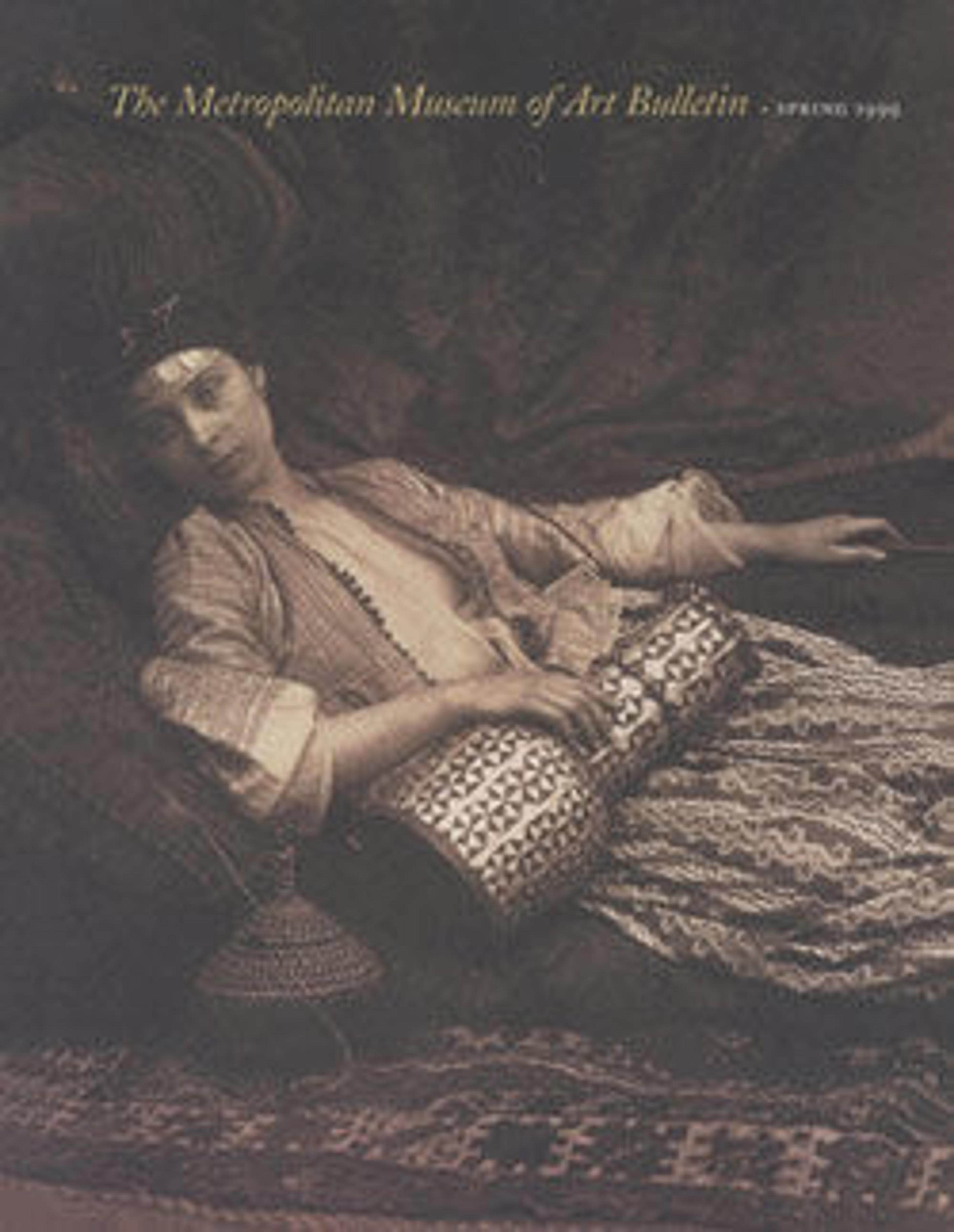Top of Sharington's Tower, Lacock Abbey, Taken from the Roof above the South Gallery
Talbot's earliest camera images required exposures of an hour or more, but on September 23, 1840, he made a startling discovery that dramatically increased the medium's potential. He found that an exposure of mere seconds, leaving no visible trace on the chemically treated paper, nonetheless left a latent image that would appear when immersed in a solution of gallic acid. This discovery opened up a whole new world of possible subjects for photography. In the days that followed, Talbot trained his camera on various features of Lacock Abbey and its grounds. Made only a few weeks after his September discovery, this photograph reveals Talbot's newly found ability to render the tones and textures of masonry and glass and the myriad architectural details of the sixteenth-century corner tower, built by the Abbey's first lay owner.
Artwork Details
- Title: Top of Sharington's Tower, Lacock Abbey, Taken from the Roof above the South Gallery
- Artist: William Henry Fox Talbot (British, Dorset 1800–1877 Lacock)
- Date: October 14, 1840
- Medium: Salted paper print from paper negative
- Dimensions: Image: 5 13/16 × 7 1/16 in. (14.7 × 17.9 cm), irregularly trimmed
Sheet: 7 5/16 × 8 7/8 in. (18.6 × 22.6 cm), irregularly trimmed - Classification: Photographs
- Credit Line: The Rubel Collection, Purchase, Lila Acheson Wallace, Ann Tenenbaum and Thomas H. Lee, and Anonymous Gifts, 1997
- Object Number: 1997.382.2
- Curatorial Department: Photographs
More Artwork
Research Resources
The Met provides unparalleled resources for research and welcomes an international community of students and scholars. The Met's Open Access API is where creators and researchers can connect to the The Met collection. Open Access data and public domain images are available for unrestricted commercial and noncommercial use without permission or fee.
To request images under copyright and other restrictions, please use this Image Request form.
Feedback
We continue to research and examine historical and cultural context for objects in The Met collection. If you have comments or questions about this object record, please contact us using the form below. The Museum looks forward to receiving your comments.
